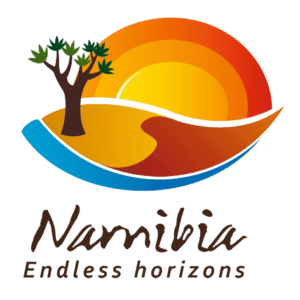Namibia’s northern region continues to be a popular tourist destination. Its wildly contrasting landscapes, ranging from the arid sandy plains and rocky hills of the country’s Kaokoland region to the water-rich area in the east, offer visitors some of Namibia’s best game viewings.
Southeast of Otjiwarongo is the magnificent Waterberg Plateau Park, with its orange cliffs and savannah grasslands providing a majestic backdrop to this diverse game reserve. Home to rhino, roan, sable, buffalo, leopard, eland and giraffe, the Waterberg Plateau Park provides various activities, including walks, guided game drives, hiking and wilderness trails.
Regions: Omusati, Oshana, Oshikoto, Ohangwena
Major towns: Waterberg, Otjiwarongo, Etosha, Otavi, Tsumeb, Ruacana and Grootfontein
Major Tourism Attractions
Ruacana Waterfalls, Uukwaludhi Traditional Village Homestead, Lake Otjikoto, Hoba Meteorite, Etosha National Park, Waterberg Plateau Park
Close to Grootfontein, visitors can view the Hoba Meteorite, the largest meteorite of its kind worldwide and unique due to its cubed shape. It weighs close to 60 tons! Outside the town of Tsumeb is the renowned Lake Otjikoto, well known for being used for the disposal of German armaments during World War 1.
Etosha remains one of the country’s most popular tourist destinations, with the park’s white, chalky expanse and its waterholes creating the characteristic landscape so popular with wildlife enthusiasts worldwide. The best viewing spots in Etosha remain those along the southern edge of the Etosha pan and guarantee rewarding and sometimes spectacular game viewing!
Game viewing is best during the months of May-October, with the cooler weather and milder temperatures after the scorching summer sun seeing animals being more likely to be seen during daylight hours, venturing out towards waterholes for a refreshingly cool drink or in search of food. The rainy season is good for bird watchers visiting and viewing Fischer’s Pan for Greater and Lesser flamingos and sometimes even pelicans. Etosha is open throughout the year and is accessible by tarred roads via the Andersson Gate in the central section, the Von Lindequist Gate in the east, the Galton Gate to the south-west and the King Nehale Lya Mpingana Gate in the north.


